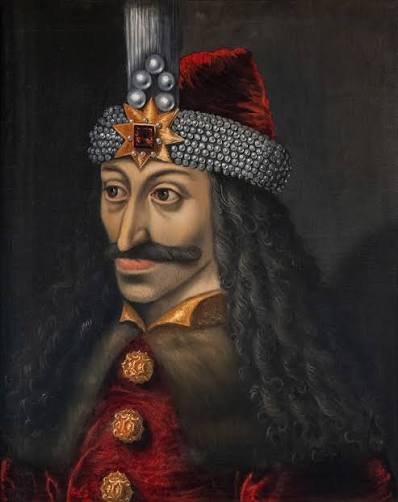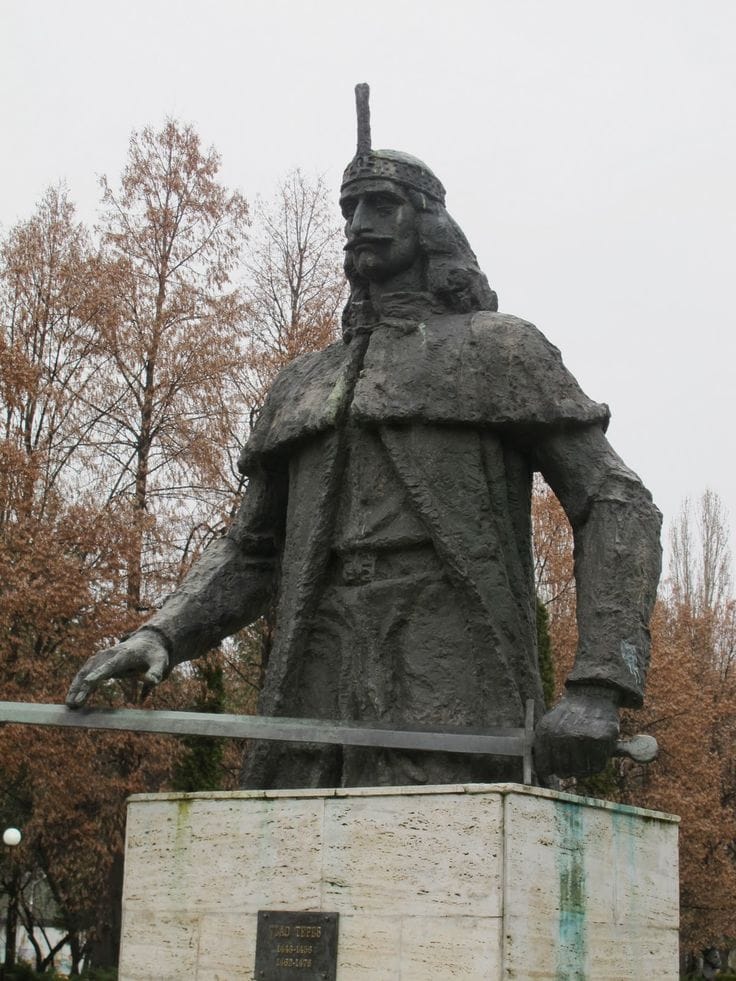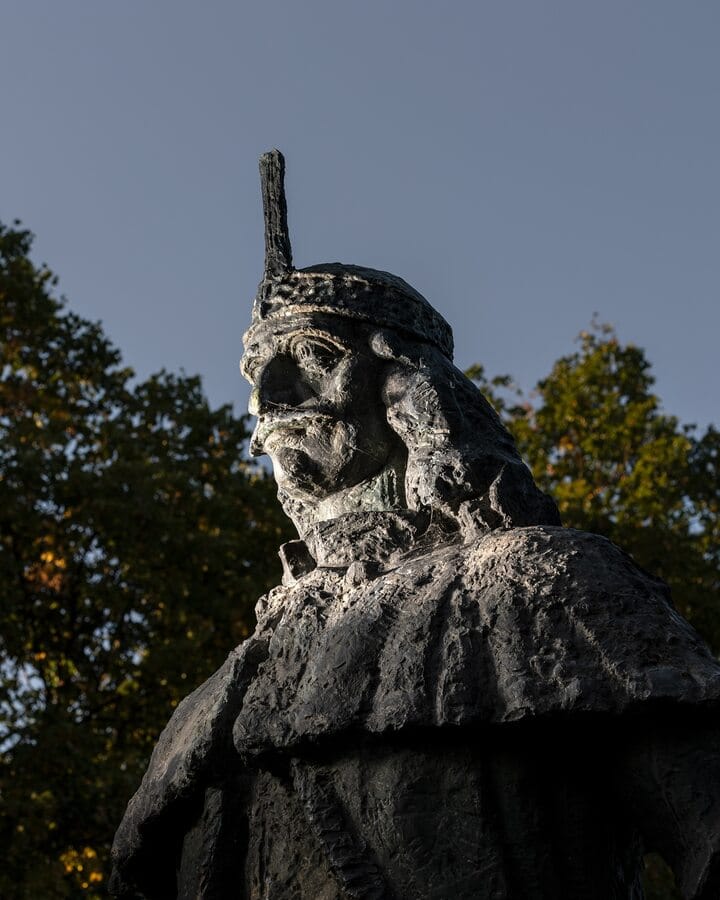
Image Credit – Hema
When people hear the name Dracula, most imagine the bloodthirsty vampire from Bram Stoker’s 1897 novel. But behind this gothic legend lies a real historical figure whose life was far more terrifying than fiction — Vlad Tepes The historical Dracula. Known for his ruthless methods and fierce defense of his homeland, Vlad’s legacy continues to fascinate historians and horror enthusiasts alike.
Vlad Tepes The Historical Dracula

Who Was Vlad Tepes?
Vlad III, commonly known as Vlad Tepes or Vlad the Impaler, was born in 1431 in Transylvania, a region that is now part of Romania. He was a prince of Wallachia, a small but strategically important state caught between powerful empires — the Ottoman Empire to the south and Hungary to the north.
The name “Tepes” means “Impaler” in Romanian, a reference to his most infamous method of punishment — impaling his enemies on wooden stakes. Vlad’s father, Vlad II Dracul, was a member of the Order of the Dragon, a knightly order founded to defend Christianity against the Ottomans. The word “Dracul” means dragon, and so Vlad III became known as “Dracula,” meaning son of the dragon.
The Rise of Vlad Tepes
Vlad’s early life was shaped by war, betrayal, and captivity. As a boy, he and his brother Radu were taken as hostages by the Ottoman Empire to ensure their father’s loyalty. This period exposed him to the brutal realities of politics and warfare.
After his father’s death and the murder of his brother by political rivals, Vlad returned to Wallachia determined to reclaim his throne. He became Prince of Wallachia in 1456 and ruled with a fierce sense of justice and vengeance.
The Impaler’s Reign of Terror
Vlad’s rule was marked by his obsession with maintaining order and punishing crime. According to historical accounts, he was extremely strict — thieves, corrupt officials, and traitors met gruesome ends. His most notorious punishment was impalement, where victims were skewered on long wooden poles and left to die slowly.
One of the most chilling stories describes “The Forest of the Impaled.” After defeating an Ottoman army, Vlad displayed thousands of impaled soldiers along the road leading into his capital. This horrific sight struck terror into his enemies and earned him a fearsome reputation across Europe.
While his cruelty was extreme, many Romanian historians view him as a national hero who defended his land from foreign invaders and maintained order in a chaotic time.
The Connection Between Vlad Tepes and Dracula
Centuries later, Bram Stoker drew inspiration from Vlad’s legend when creating his fictional vampire, Count Dracula. Stoker never visited Romania, but he found references to “Dracula” in historical texts and used the name for its dark, mysterious appeal.
However, the Dracula of literature and Vlad Tepes the historical Dracula are very different figures. The vampire is a supernatural creature living in a gothic castle, while Vlad was a brutal but mortal prince fighting for survival and sovereignty. Still, their stories share themes of fear, immortality, and power that continue to capture imaginations.
Vlad Tepes’ Legacy
Vlad Tepes’ legacy is deeply divided. In Western Europe, he is remembered as a bloodthirsty tyrant, while in Romania, he is celebrated as a symbol of strength, patriotism, and justice. Monuments, castles, and tourist attractions across Transylvania honor his memory.
One of the most famous sites associated with him is Bran Castle, often promoted as Dracula’s Castle. Although historians debate whether Vlad ever lived there, the castle remains a popular destination for tourists exploring the legend of Vlad Tepes the historical Dracula.
The Truth Behind the Legend
The truth about Vlad Tepes lies somewhere between horror and heroism. He was a man shaped by the brutal politics of his era — a time when cruelty was a weapon of power. His methods were horrifying, but his determination to protect his people from Ottoman domination was equally remarkable.
Vlad’s story reminds us that legends are often born from truth, exaggerated over centuries until fact and fiction become inseparable.
Vlad Tepes the historical Dracula remains one of the most fascinating and controversial figures in European history. Whether viewed as a tyrant or a hero, his life inspired one of the greatest literary creations of all time — Dracula. Behind the vampire myth stands a real man whose thirst for justice and vengeance carved his name into history with blood and iron. Do you think Vlad Tepes was a hero defending his land or a ruthless tyrant? Let us know your thoughts in the comments!

Leave a Reply
You must be logged in to post a comment.